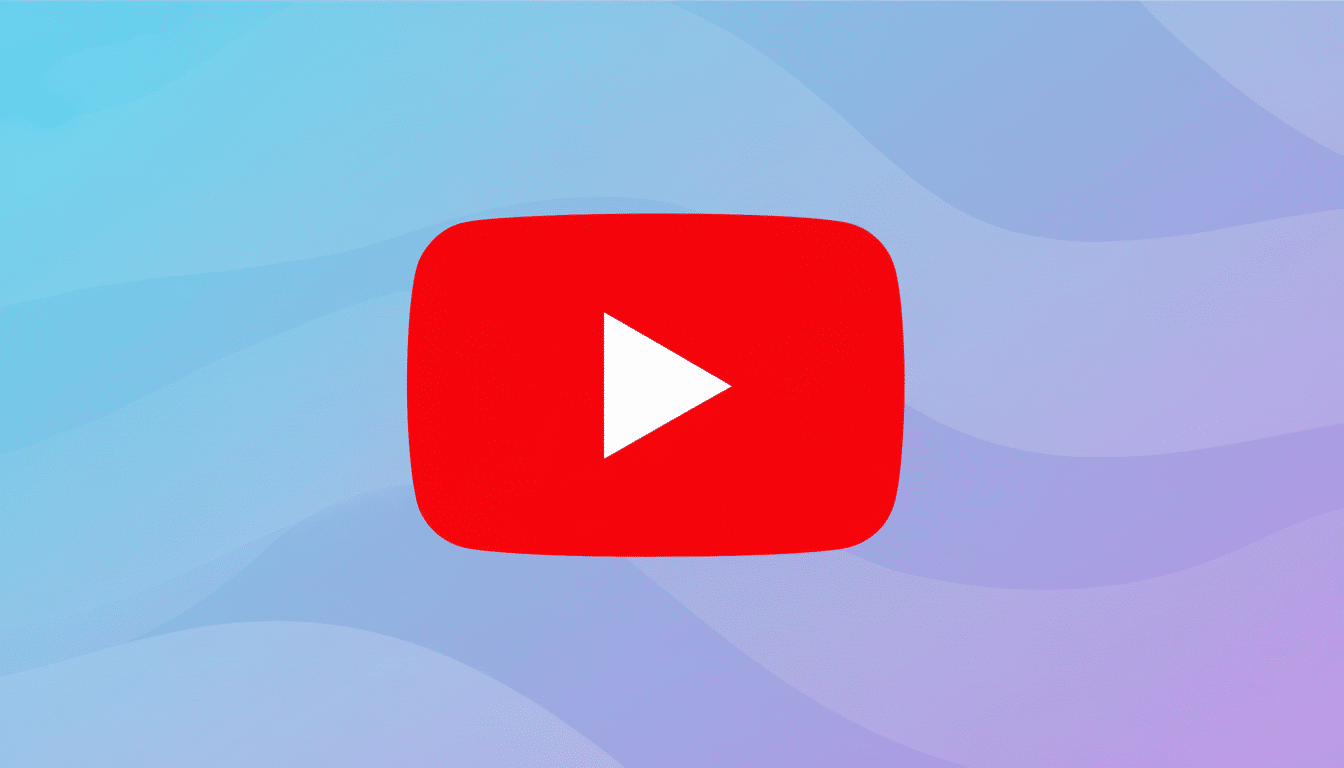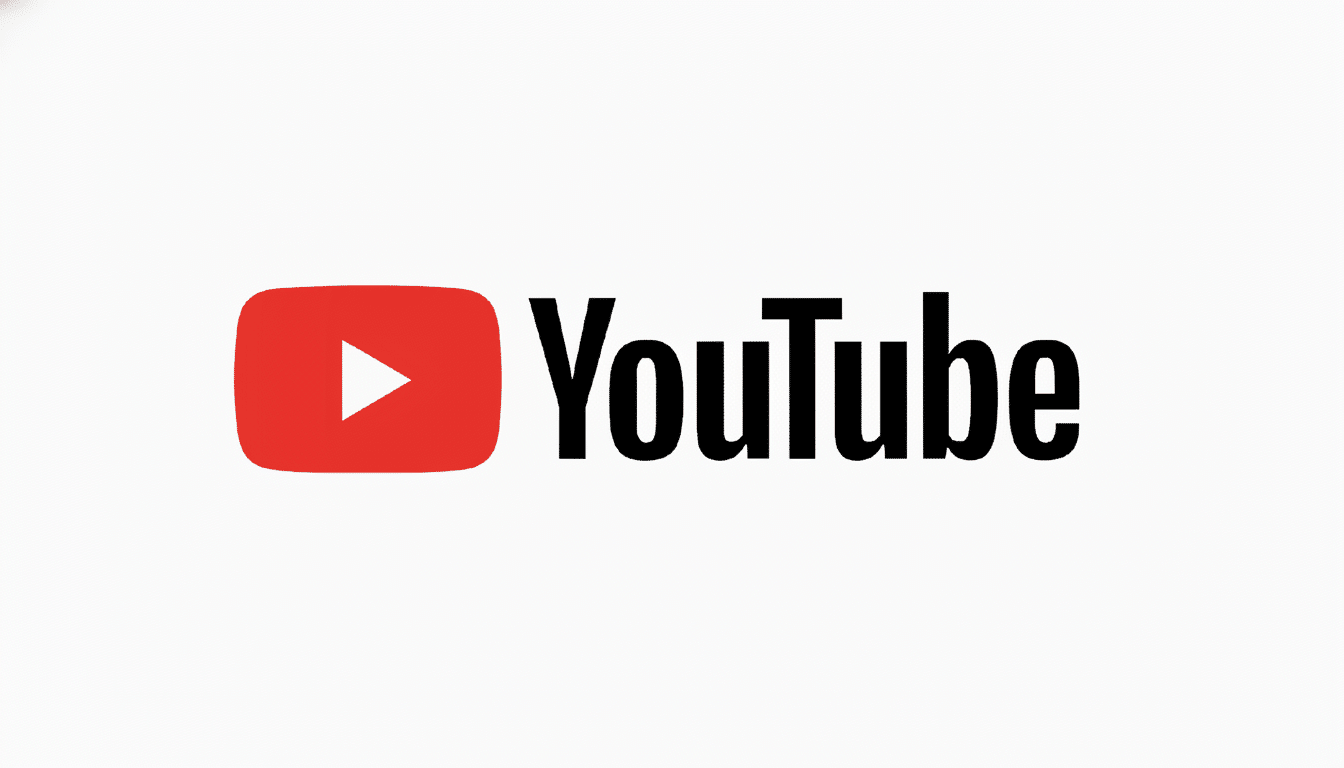YouTube is introducing a daily time limit for Shorts that it calls a way to throttle endless swiping. The new mobile-only control allows you to set a limit on the amount of time you can scroll through the Shorts feed per day and interrupts play when you reach that limit. It’s a tiny change, but one with big implications for attention, well-being, and parental oversight — and the new feature is out now.
What the New Time Limit on Shorts Does and How It Works
The feature lets users set a daily limit for Shorts viewing specifically. The app features a pause screen that interrupts the feed and requires you to make a decision once your allowance is used up. Unlike more general “take a break” nudges, this is purpose-built for the quick-hit, slot-machine-style Shorts experience where your time can disappear into smaller and smaller slices.

It joins YouTube’s existing well-being features — take a break reminders, bedtime reminders, and a sleep timer — by adding a targeted guardrail for short-form video. The point, according to Google, is to promote more intentional watching habits without cutting off the discovery flow completely.
How Can I Turn On the Shorts Daily Limit
The control is inside the YouTube app for iOS and Android. Here’s where to look:
- Open YouTube and tap on your profile picture in the bottom-right corner.
- Tap the Settings cog in the top right.
- Navigate within the app to General, then Shorts daily limit (placement may change as this rolls out).
- Select your daily limit and press confirm, and you’re done. You can adjust or remove the limit at any time.
If you aren’t seeing the setting now, either wait a bit and make sure the app is updated or check back — industry coverage has reported the feature is being made available on a case-by-case basis, which means availability could be some time away for your own account.
Why This Matters For Teens And Grown-Ups
Short-form feeds are designed for frictionless consumption. Adding a “soft stop” could make a big difference by forcing users to think twice with one last swipe. That is most important for younger viewers. YouTube is still the leading platform among U.S. teens 13 to 17, according to a 2024 Pew Research Center poll; some 73 percent of them visit daily and 15 percent describe their use as near constant. Pew also finds widespread public backing for time limits on social platforms by minors.

Public health leaders have advocated for the very same direction. The U.S. Surgeon General’s report on social media and youth mental health calls for features that empower families to set limits and curb compulsive use. And huge platforms are being sued by states and school districts for design decisions that courts have indirectly linked to youth screen overuse. A cap on Shorts is a tangible move in the direction of guardrails that advocates have been calling for.
This is not just a teen story. Adults often lament losing time to “doomscrolling,” and light-touch friction can also go some way toward reclaiming minutes without having to delete an app. And the key advantage here is specificity: Establishing a limit for Shorts doesn’t impact long-form YouTube viewing, music, or subscriptions — so users can go straight to why they’re feeling overwhelmed by the service.
Parental controls and enforcement details for Shorts limits
YouTube says its Shorts time limit will be included in its parental controls for supervised accounts later this year. That’s important for enforcement: Parents and guardians will have the ability to turn on the limit and make it non-dismissible, changing a gentle nudge into a hard line their kids and teens cannot cross.
In the meantime, families can use existing tools combined with Shorts limits. On Android, Google’s Family Link can establish daily maximums and bedtimes at the app level. Per-app limits and downtime schedules from Screen Time are available on iOS. By layering a device-level cap with YouTube’s own in-app limit, you get both an interruption inside the feed and a hard stop at the operating system level.
Tips for making the YouTube Shorts daily limit work
- Begin with an honest cap. Twenty to 30 minutes a day is plenty for many users who want to get in a little reading without derailing an evening.
- Combine it with a bedtime reminder to avoid those late-scrolling nights.
- Use the prompt as an opportunity to decide: if you keep working, set a second alarm or timer for yourself that will serve as a hard stop.
- Review your usage weekly. If you consistently exceed the limit, ratchet it down or establish a device-level cap as backup.
The bottom line on YouTube Shorts daily time limits
A daily YouTube Shorts-specific time limit won’t suddenly cure attention traps, but it’s a welcome first step for tackling the issue head-on. It’s more control for viewers, a clearer lever for parents to pull, and evidence that feed design can be steered toward healthier behaviors. If it’s live for you, turn it on — your future self will thank you for the time saved.

